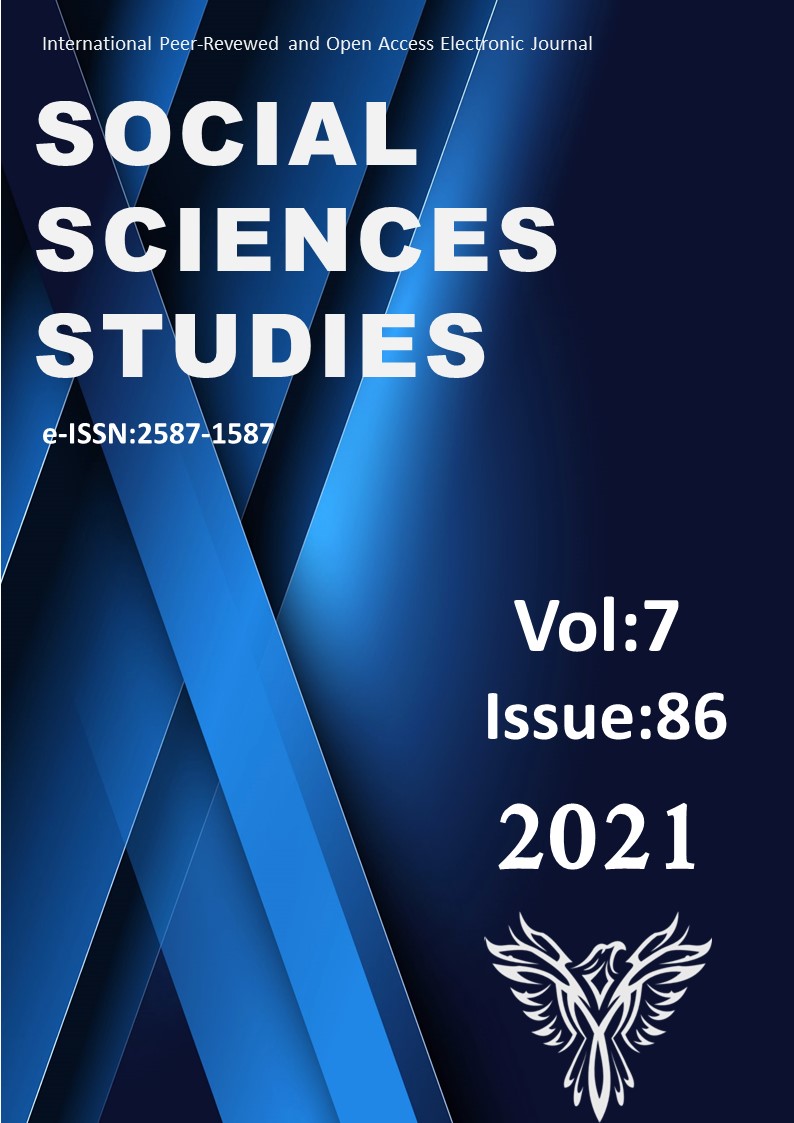Author :
Abstract
Eğer Thomas Hardy’nin romanları dikkatle okunursa, Viktoria Dönemi eko-kurgucusu olabileceği farkedilir. Hardy karamsar bir romancı olarak kabul edilir ve ana karakterlerini kendi kaderlerinin köleleri olarak göstermeye çalışmak ile suçlanır. Ama o kendisini iyi davranışlarla dünyanın daha iyi bir yer olabileceğine inanan bir meliorist olarak görür. Roman yazarının duygularını ifade ederken yaşadığı dönemin sınırlarını zorladığı hissedilir çünkü yazarın, örnek olarak Tess of the D’Urbervilles isimli eserinde Stonehenge’i olay yeri olarak kullanması ve The Return of the Native’ de modern araçlar kullanması gibi çağının ötesinde farklı konulara değinir. Hardy geçmiş olaylara değinirken 21. yüzyılda dünyanın başına gelecek olan felaketleri de önceden sezer gibidir. Bu çalışma, Thomas Hardy’nin Tess of the D’Urbervilles, Far from the Madding Crowd, Under the Greenwood Tree, The Woodlanders ve The Return of the Native isimli romanları ile insanlığa uyarılarda bulunan bir Viktoria Dönemi eko-kurgucusu olabileceğini tartışmaktadır.
Keywords
Abstract
If Thomas Hardy’s novels are analyzed, it is noticed that he could be a Victorian Age eco-fictionist. Hardy is evaluated as a pessimistic novelist and accused of trying to draw his protagonists as slaves of their fates. Yet, Hardy entitles himself as a meliorist who reckons that the good manners of human beings might change the world for the better. It is sensed that while the novelist expressing his feelings aims to push the boundaries of his age because he includes different issues in his novels. To illustrate, he uses Stonehenge in Tess of the D’Urbervilles and uses a spyglass in The Return of the Native. While using past issues, he foresees the approaching catastrophes of the Earth in the 21st century. Therefore, this study argues that Thomas Hardy could be a Victorian Age eco-fictionist who warns human beings with his novels Tess of the D’Urbervilles, Far from the Madding Crowd, Under the Greenwood Tree, The Woodlanders and The Return of the Native.





